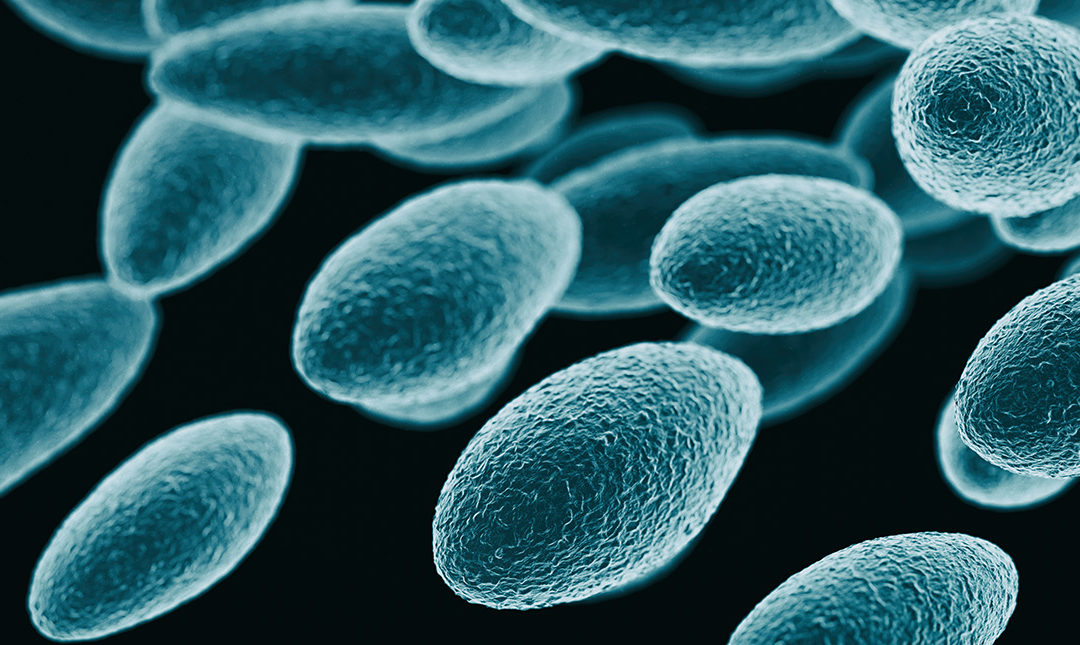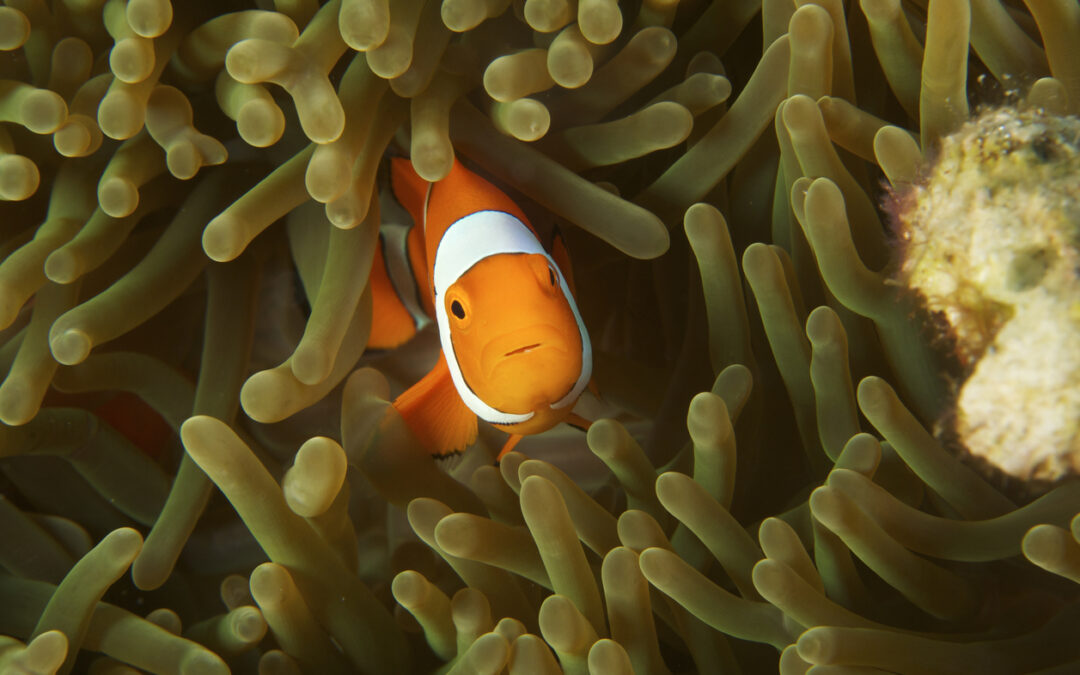
May 15, 2024
Life at the Microscopic Level Microbiology is the study of organisms that are too small to be seen with the naked eye. These microorganisms (or “microbes”) include viruses, bacteria, algae, fungi, slime molds, and protozoa. Microbes are everywhere, and we mean...

Feb 14, 2024
The Interconnectedness of Living Things Environmental Science integrates natural and social sciences to study how the environment and man-made processes interact with one another. It is an interdisciplinary field that incorporates ecology, chemistry, biology,...

Feb 12, 2024
For Black History Month, we’re amplifying the work of a few Black-led organizations in marine science and the environment. In a field where Black people are underrepresented—according to some data, only 2.5% of marine biologists are Black—these organizations are doing...

Jan 17, 2024
The Science of Feeding the World According to the Food and Agriculture Organization of the United Nations, approximately 4.5 billion people get a significant source of their daily protein intake from fish. But that doesn’t mean billions of people are at the pier every...

Dec 20, 2023
The Dynamics of Weather and Climate Atmospheric scientists consider problems that are both scientifically challenging and critical for the health and well-being of modern society. Atmospheric science is an interdisciplinary field that touches upon mathematics,...

Dec 13, 2023
Plants are essential to our lives. They provide – either directly or indirectly – all of our food and the oxygen we breathe. They are a source of important medicines (aspirin developed due to the study of rotting tree bark, and penicillin came from mold). They are the...







